Strutting Between the Gorgeous and the Absurd
There’s something almost campy about a peacock. When it gets angry, the male bird's plumes prickle up like a fan, and it lets out an unpleasant, guttural screech.
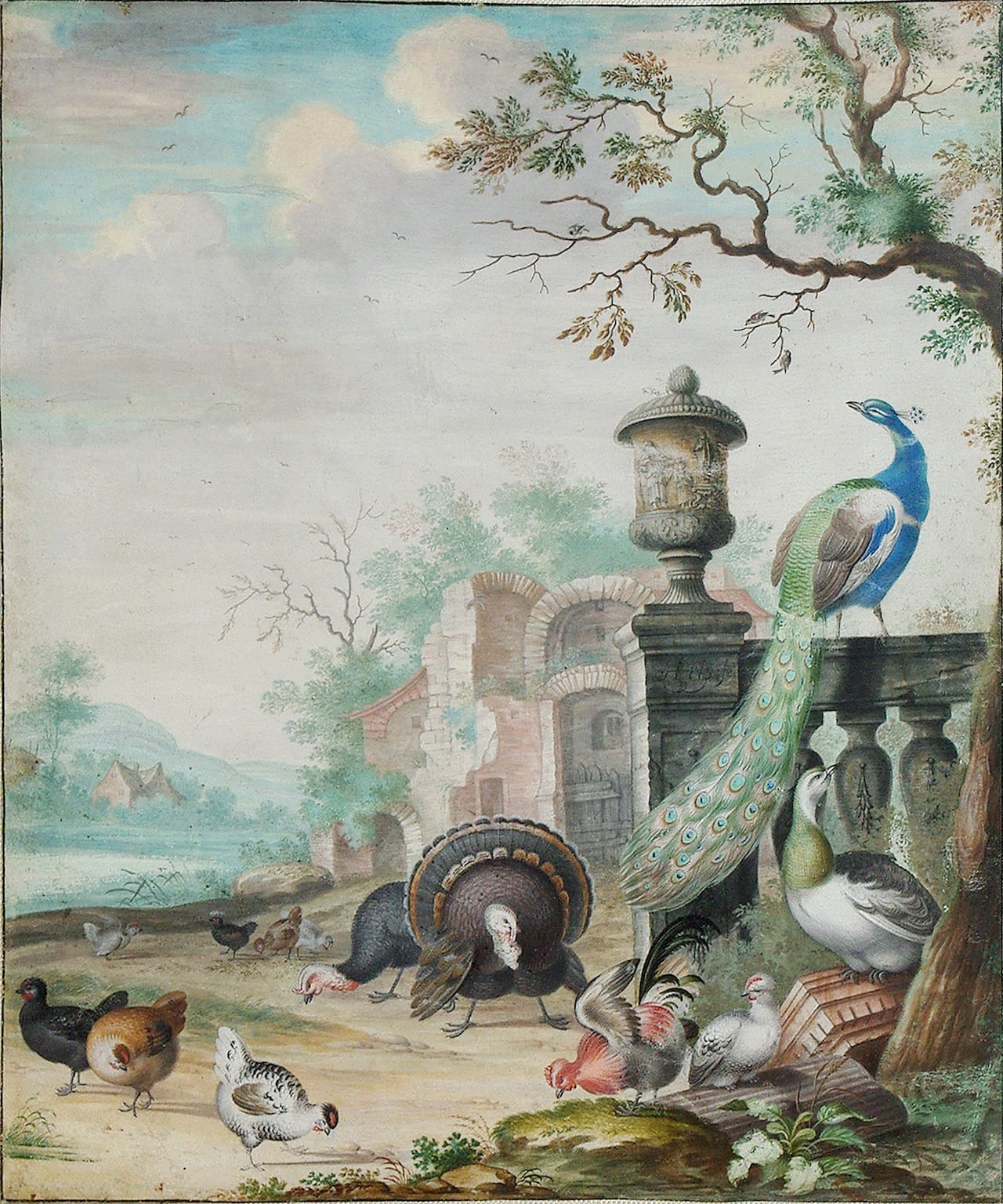
There’s something almost campy about a peacock. When it gets angry, the male bird’s plumes prickle up like a fan, and it lets out an unpleasant, guttural screech. Evidence that good looks often trump substance, it has endured as a symbol of sexuality, pride, and power for thousands of years, surfacing everywhere from the jeweled throne of India’s Mughal emperors to NBC’s “in living color” logo.
Strut: The Peacock and Beauty in Art, currently on view at the Hudson River Museum in New York, is the art world’s first self-described “scholarly survey” of the bird. Though the peacock belongs to the same family as the pheasant and turkey, the show’s catalogue calls it “transgressive.” Museum director Michael Botwinick writes, “Like the giraffe’s neck and the elephant’s trunk, the peacock’s tail is both triumph and folly of form. The modish bird proudly struts the fine line we draw between the gorgeous and the absurd … ”

This ostentatious beauty illicits different responses from different people. The show’s 150 objects include paintings, decorative objects (like lamps and porcelains), and even costumes that reveal the varying, often conflicting ways peacocks have been understood through time. In India, where they originate, they’re connected with worldly dominion; in China, they confer status. Early Christians linked their regenerative feathers to resurrection and immortality. And while Pieter Brueghel associated them with vainglory in his engraving “The Seven Deadly Sins: Pride” (1558), his own son Jan Brueghel I, in a work he created with Peter Paul Rubens, highlighted their visual beauty in “The Five Senses, Allegory of Sight” (1617).
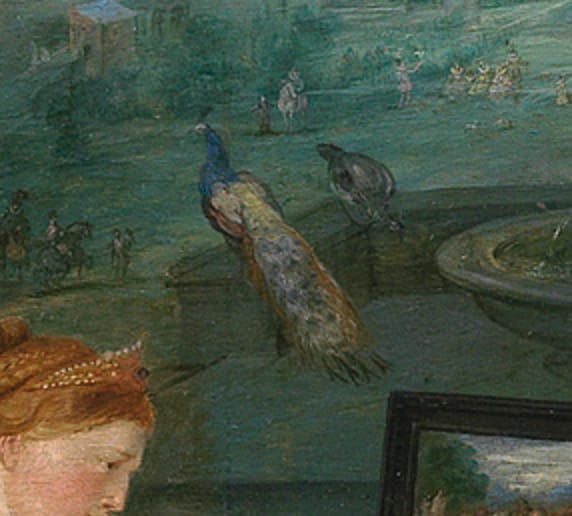
During the Gilded Age of the late 19th century, the bird’s beauty became something to appropriate. The peacock feather appeared everywhere from magazine advertisements and book covers to wallpaper and stained glass. It was so popular by the 1920s that artist Jesse Botke devoted his career almost exlusively to painting the bird. And though its popularity briefly waned during the Great Depression, it has continued to draw the attention of artists like Dillon Lundeen and Irena Kenny, who are drawn to its striking design.
Take a look.


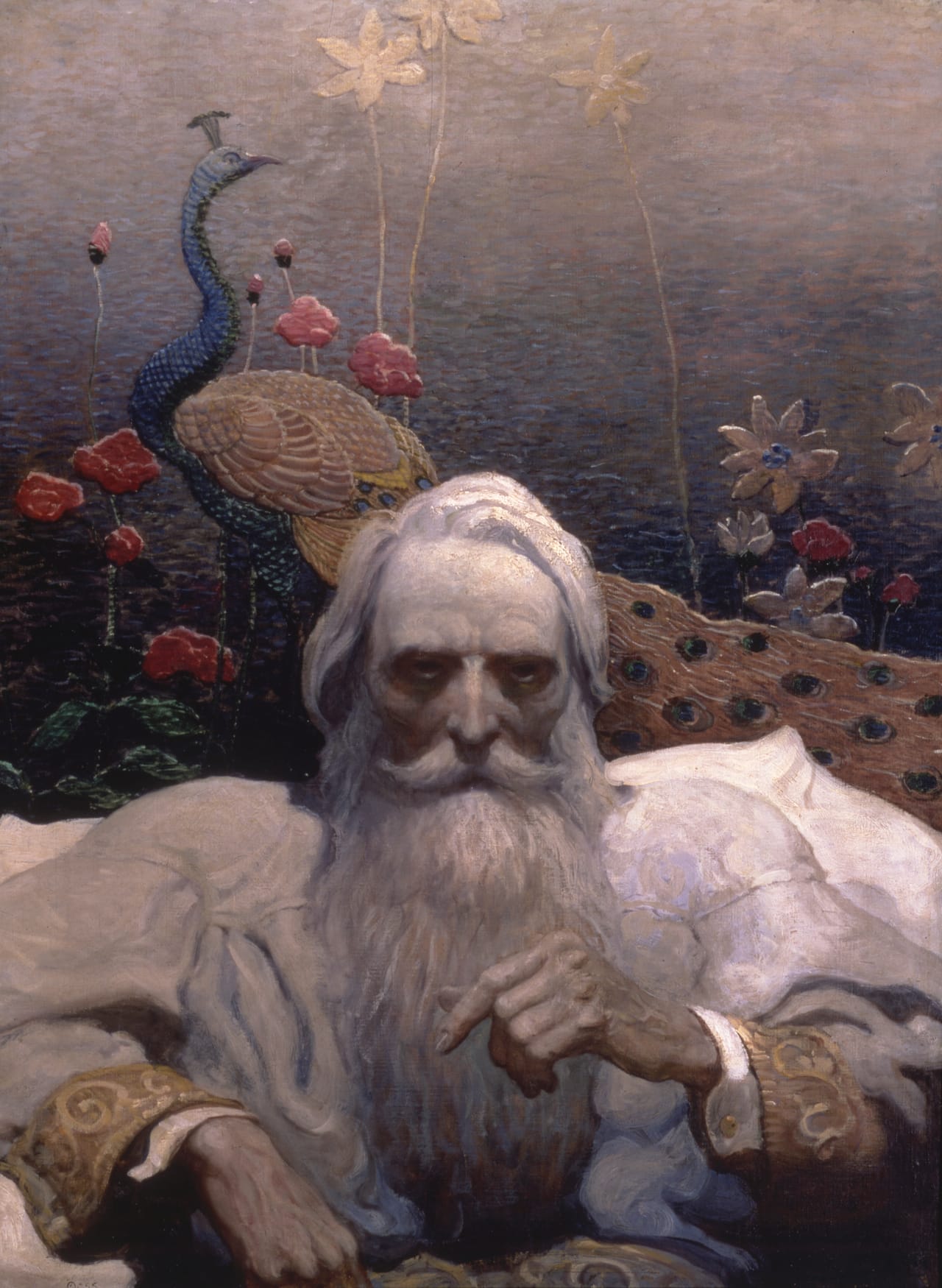
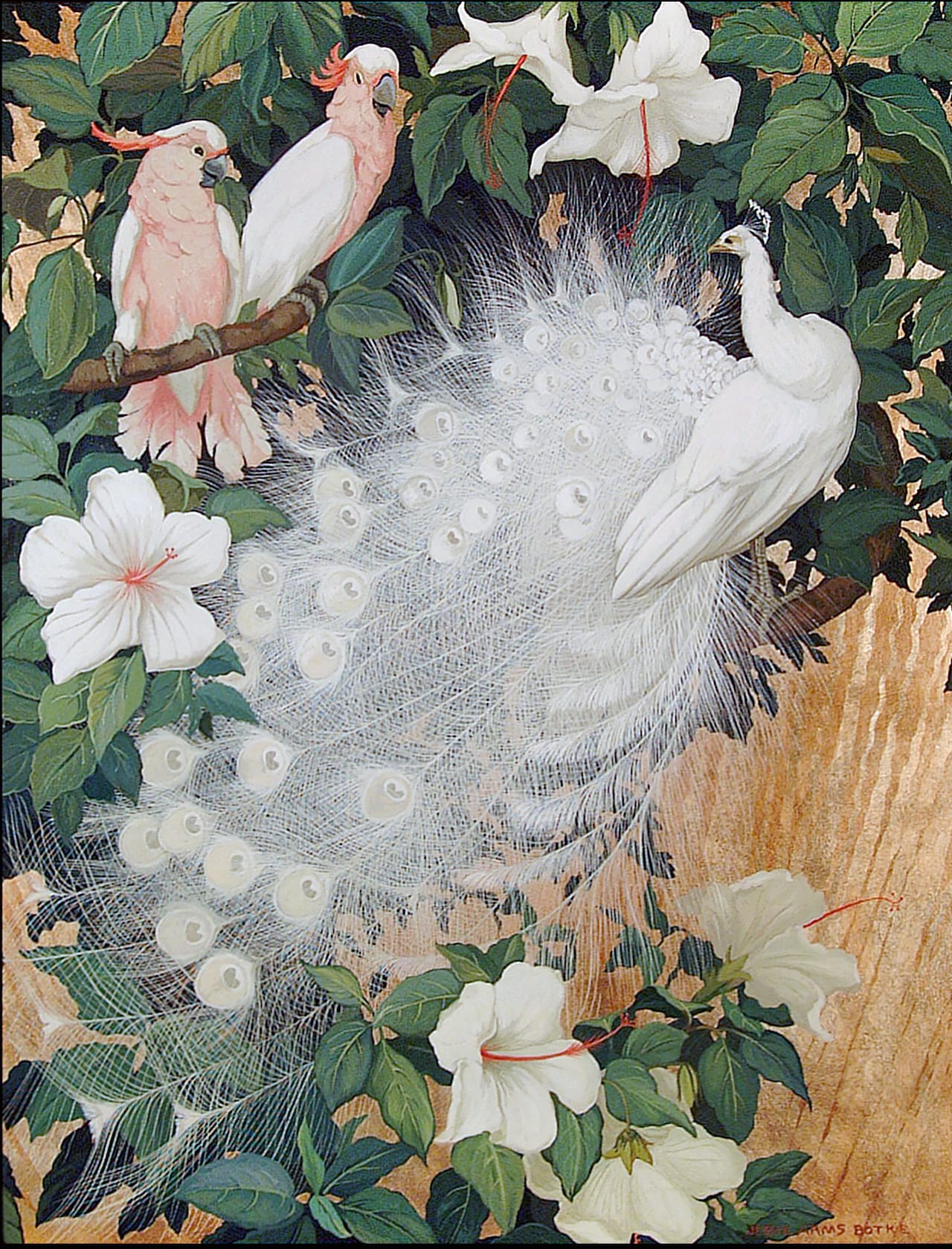
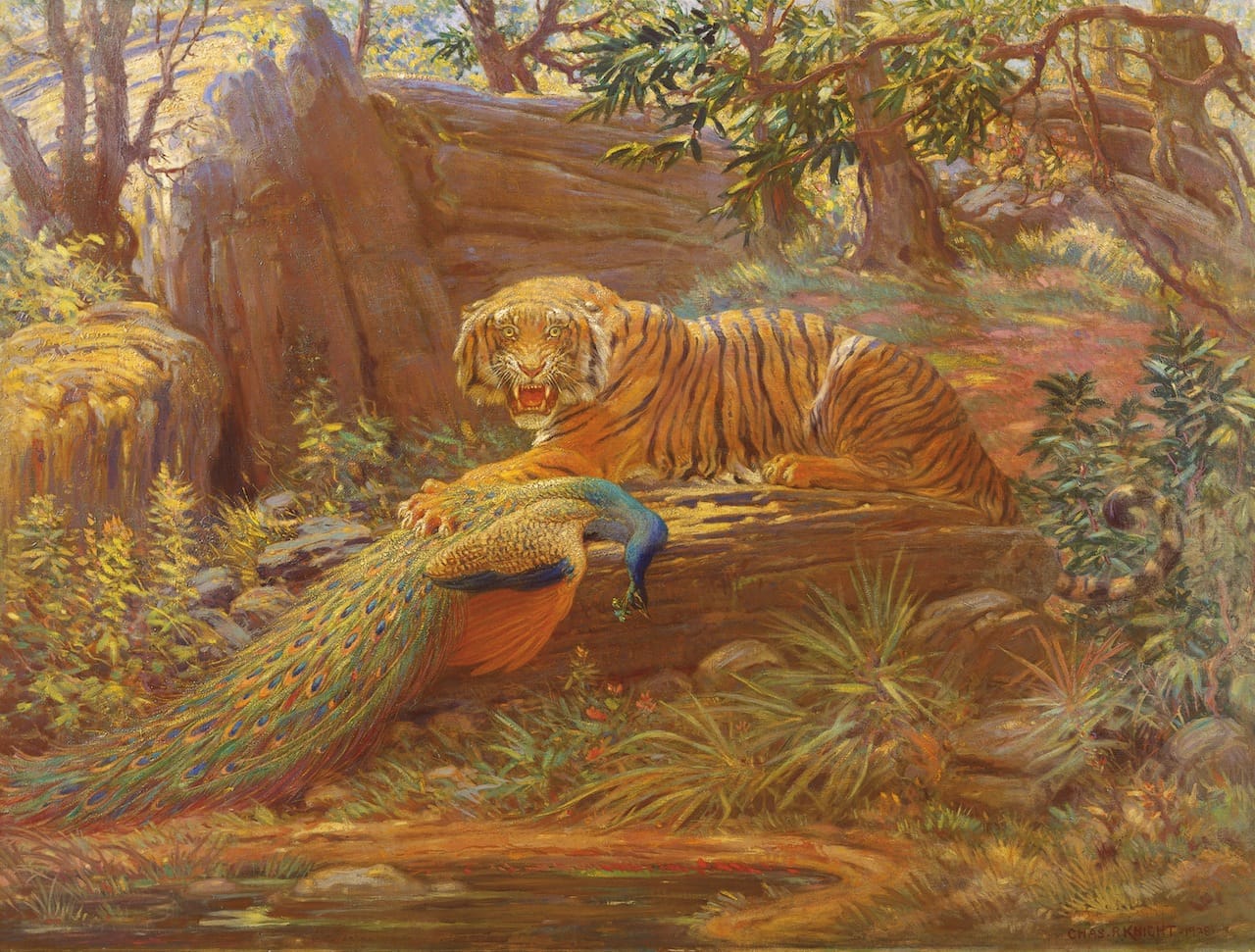
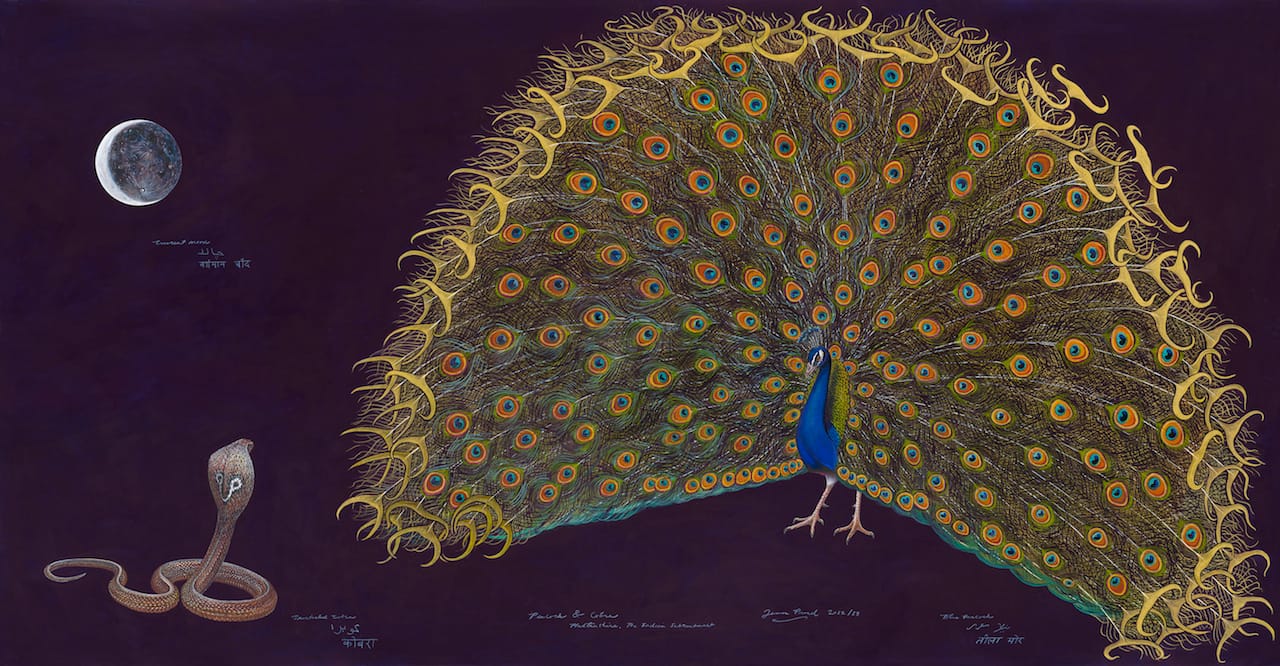


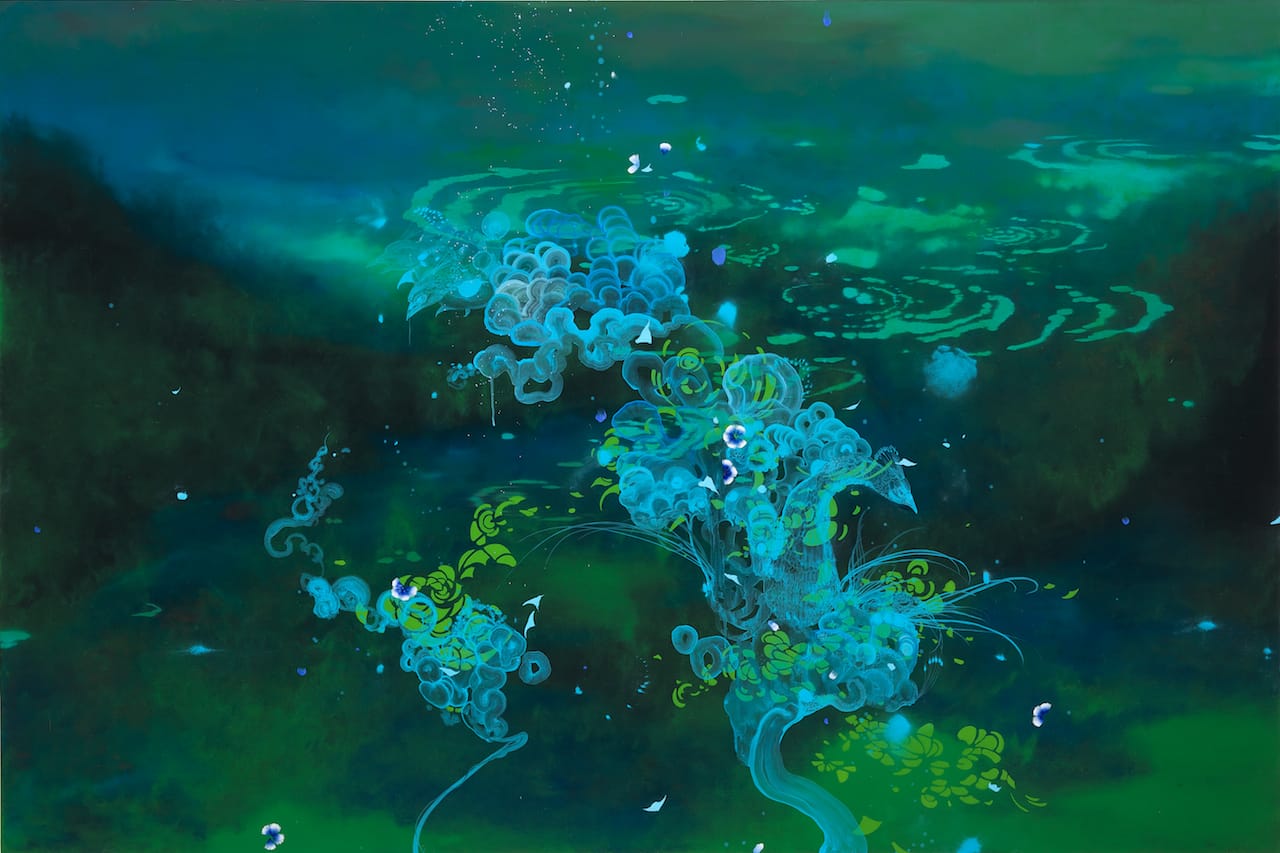
Strut: The Peacock and Beauty in Art, is on view at the Hudson River Museum (511 Warburton Avenue, Yonkers, New York) until January 18.




